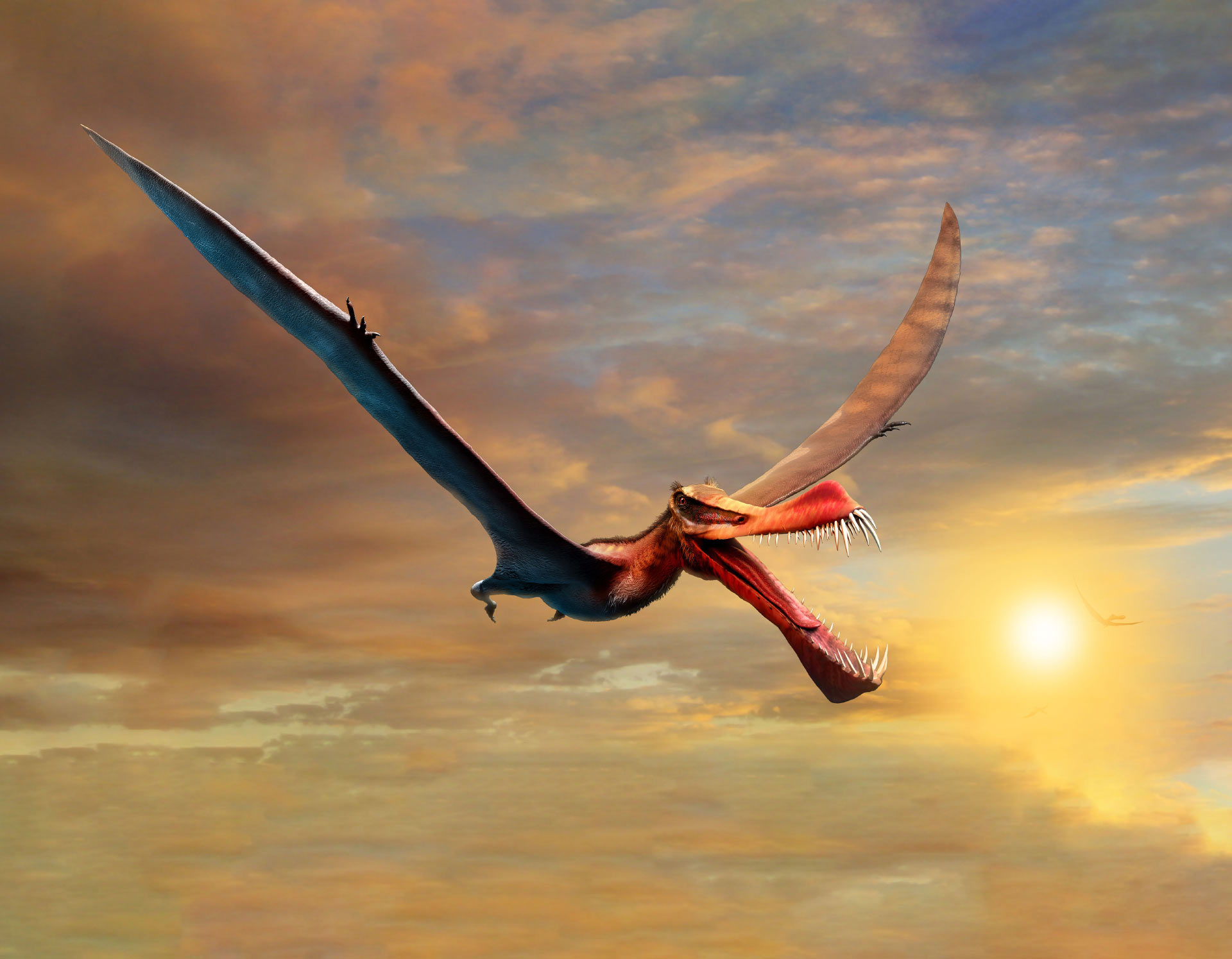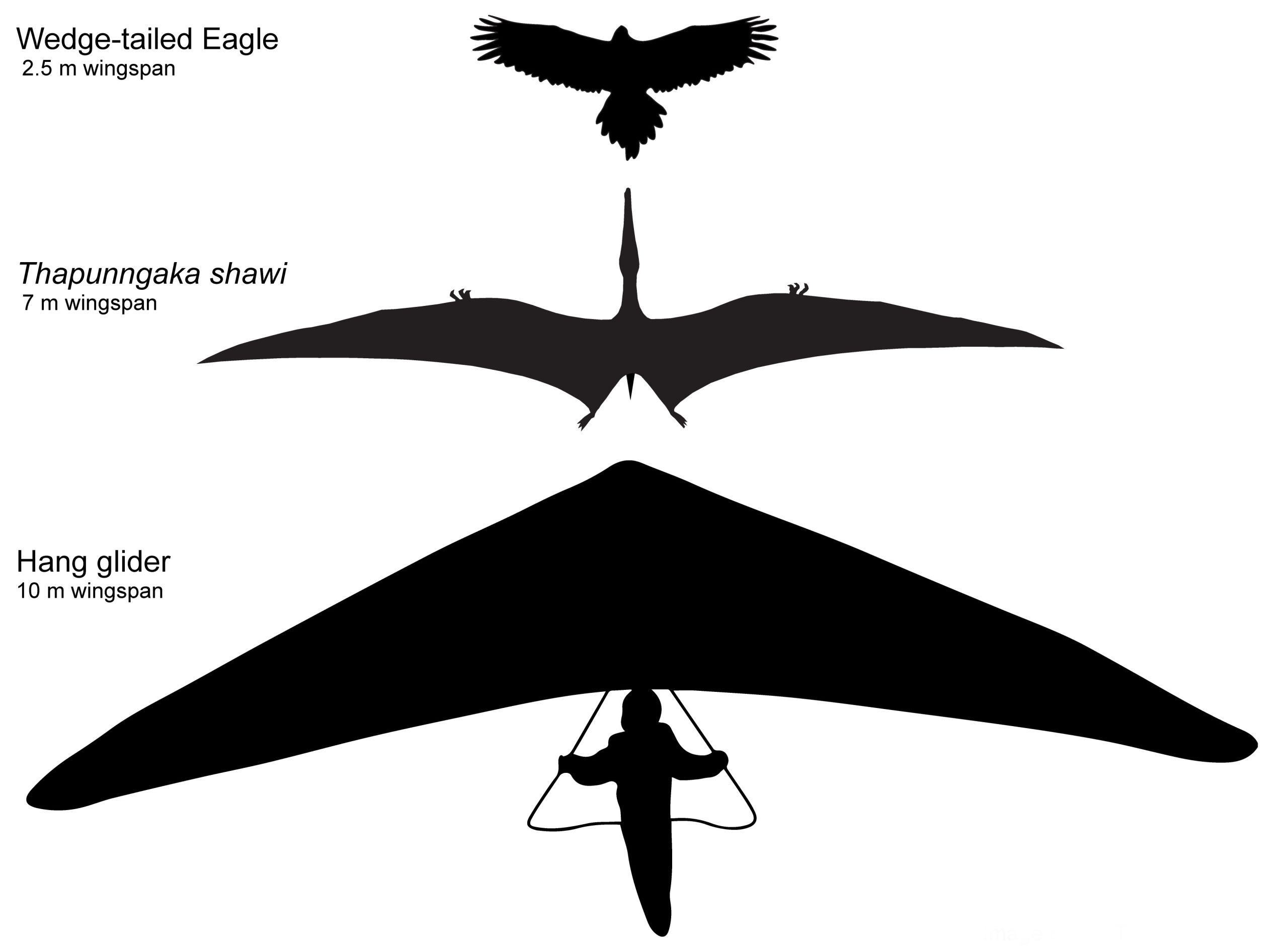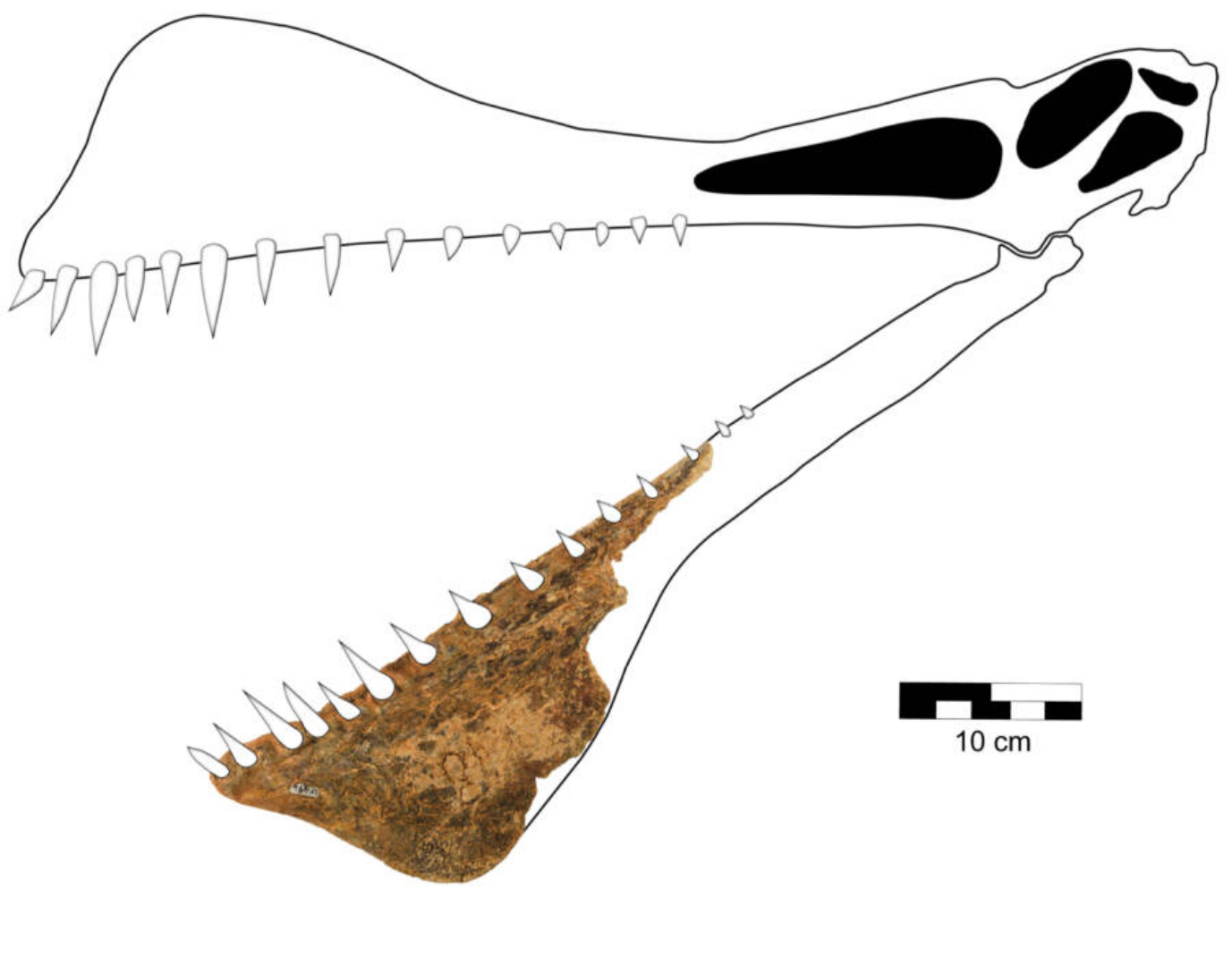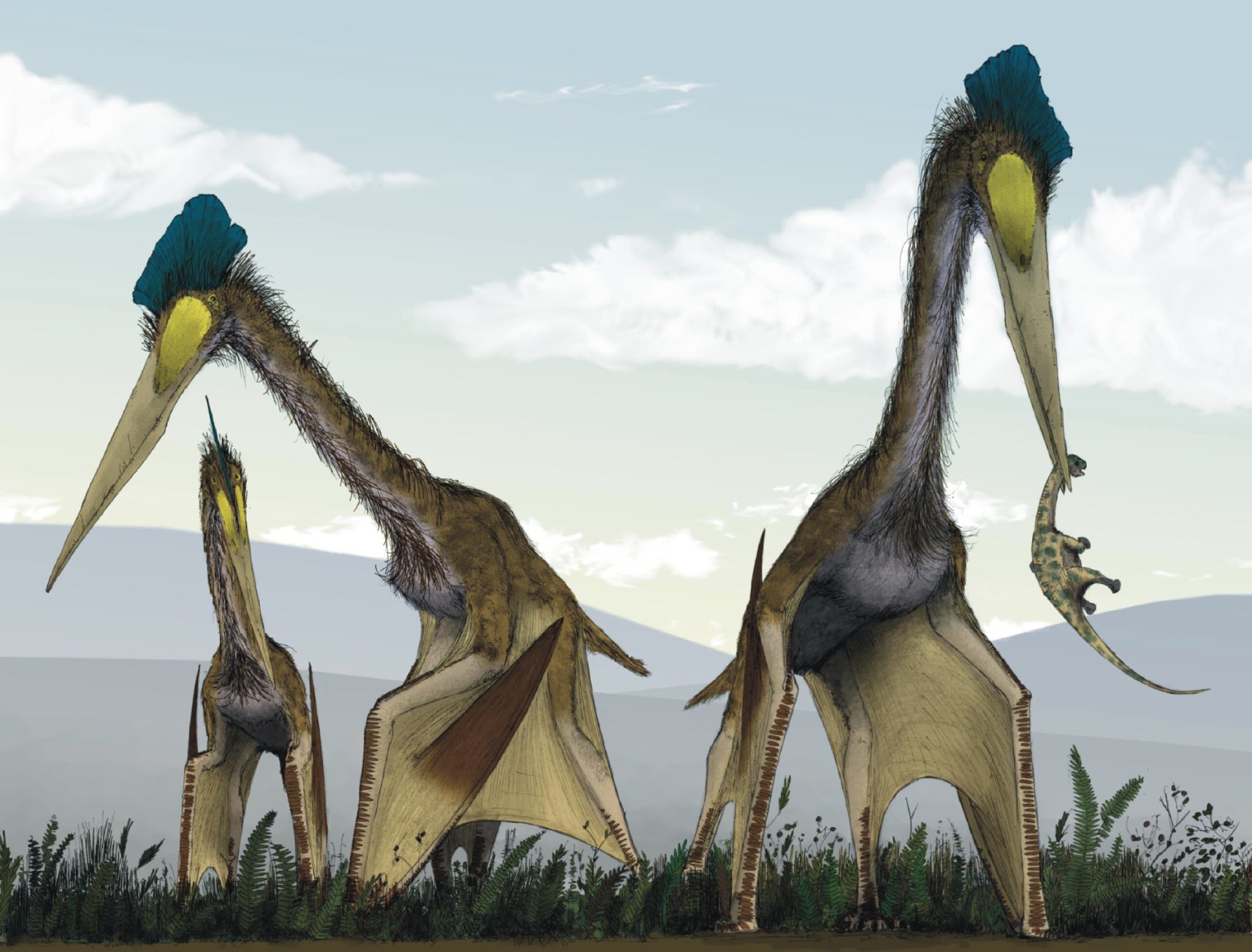In the vast continent of Australia, amidst its rugged landscapes and unique wildlife, an incredible discovery was made that shed light on the remarkable creatures that once inhabited its ancient skies. The unearthing of a new species of pterosaur, Thapunngaka shawi, has enthralled the paleontogists community around the globe, providing valuable insights into the prehistoric world.

Pterosaurs, often mistakenly labeled as dinosaurs, were actually flying reptiles that coexisted with their terrestrial counterparts during the Mesozoic Era. These intriguing creatures possessed the ability to take flight, making them distinct from their dinosaur relatives. Thapunngaka shawi, belonging to the subgroup of anhanguerians, was particularly notable for its characteristic pointed jaws and sharp teeth, giving it a fiercely formidable appearance.
One of the standout features of Thapunngaka shawi was its astonishing wingspan, measuring over 23 feet. This massive wingspan allowed the creature to soar over vast distances and reach impressive speeds. Imagine a creature gliding majestically through the skies, casting a magnificent shadow on the earth below, as it tracked its prey or traversed great distances in search of new territories.

The fossil of Thapunngaka shawi was initially discovered in 2011, but it took five years of meticulous analysis and research to confirm its classification as a new species of pterosaur. Dating back to the early Cretaceous period, Thapunngaka shawi is one of the oldest anhanguerians known to us, eliciting a rich glimpse into the early evolution of these remarkable creatures.

It is worth noting that Thapunngaka shawi is only the third pterosaur species identified in Australia and the first anhanguerian. This discovery is particularly significant because pterosaur fossils are incredibly rare. These creatures had delicate, hollow bones that did not lend themselves well to fossilization, which makes finding and studying their remains a challenging endeavor. As such, each new pterosaur species discovered represents a significant breakthrough in our understanding of prehistoric avian life.
The name “Thapunngaka shawi” carries an interesting origin. It is a combination of the words “Thapunngaka,” meaning “spear mouth” in the language of the Wanamara Aboriginal people, and “shawi,” honoring Len Shaw, the dedicated fossil hunter who made the astounding find. This naming convention is a testament to the importance of collaboration and mutual respect between scientific research and indigenous knowledge, ensuring that cultural heritage is acknowledged and celebrated.

When we envision the ancient skies of Australia, filled with the mighty Thapunngaka shawi, we are transported back in time to a world vastly different from our own. In this primordial era, these awe-inspiring creatures reigned supreme, showcasing their incredible aerial prowess and fierce predatory instincts. They carved out their place in the ecosystem, adapting to the challenges posed by an ever-changing environment.
The discovery of Thapunngaka shawi is an enduring evidence of the rich and diverse life that once called Australia home. It urges us to explore and unearth the secrets of the past, piece by delicate piece. These remnants of history allow us to better understand our planet and its incredible inhabitants, uncovering the wonders of the natural world and the mind blowing stories it holds.




